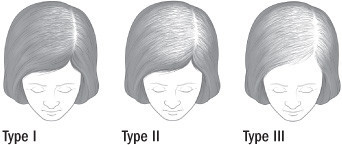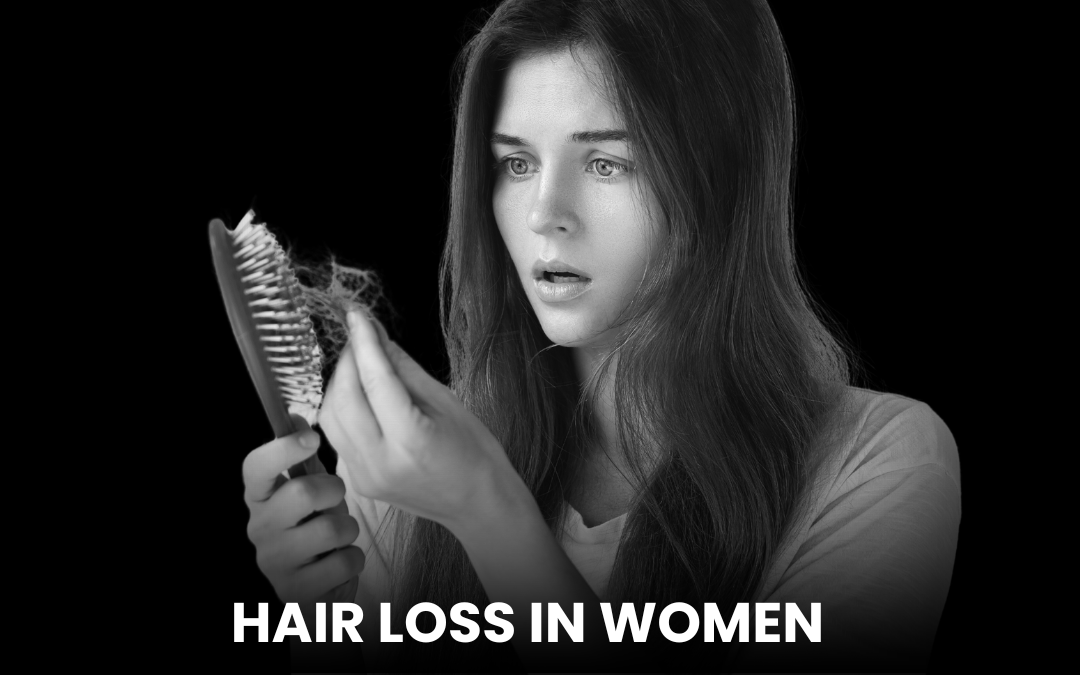Many people believe that hair loss is a problem that only men experience. That, however, is a myth. Hair loss is just as common in women as it is in males. They are equally susceptible to experiencing poor self-esteem and declining self-confidence. Premenopausal women with the disease account for more than 10% of all cases. They will eventually have to settle for a hair transplant if the loss is severe. The hair transplant procedure is the only permanent remedy for hair loss.

CAUSE
Women experience hair loss for the same reasons as men do. If it runs in the family, they are genetically inclined to losing their hair. She could experience it as early as her thirties, but it usually appears around times of hormonal change. Menopause and pregnancy are examples of these times. However, women experience a different pattern of hair loss. The crown and centre of the men’s hair tends to fall out. While the hairline is usually maintained, women typically experience hair thinning. Total baldness is uncommon in women, although it happens frequently to men.
Similar to males, women have the same primary type of hair loss. Androgenetic alopecia, also known as female (or male) pattern baldness, is the term for it. Hair on the top of the head thins, frequently leading to baldness, as does hair loss in men, which typically starts above the temples and finally forms the distinctive “M” shape. When it comes to women, diffuse hair loss spreading from the top of the head increases after a gradual thinning at the part line.
Women may have hair loss for a variety of reasons, such as illnesses, drugs, and mental or emotional stress. It’s crucial to consult your primary care physician or a dermatologist if you experience any kind of odd hair loss in order to identify the cause and the best course of action. To address emotional challenges, you might also wish to seek your clinician for a recommendation to a therapist or support group. Women’s hair loss can be upsetting, but resources for dealing with the issue have grown in recent years.
PATTERNS OF FEMALE HAIR LOSS
Source: Harvard Health

Clinicians use the Ludwig Classification to describe female pattern hair loss. Type I is minimal thinning that can be camouflaged with hair styling techniques. Type II is characterized by decreased volume and noticeable widening of the mid-line part. Type III describes diffuse thinning, with a see-through appearance on the top of the scalp.
TREATMENT
Hair transplant is one of the best options available for treating baldness or hair loss in both men and women. At QHT Regrow Clinic, our well-trained staff perform a carefully-crafted transplant technique called QHT Technique that minimizes failure and ensures the best results and the patient’s satisfaction.
Compared to the traditional FUE hair transplant technique, wherein all hair grafts are first extracted at once and then implanted later on, in the QHT technique, healthy hair grafts are extracted from the donor area and simultaneously implanted into the recipient region without wasting much time. This ensures the higher viability of the graft and, thus, a higher success rate.

